How to travel with your bike by car, plane, and train (Bonus: how to bring your bike into hotels)

You and your bike are travelers at heart. But what if you want to explore farther places by bike, but don’t want to pedal all the way to your destination?
The short answer is: No problem!
Cyclists are active folk and have taken their bikes on trips near and far, high and low. If someone managed to perform a skydive on a bike, surely you can take your two-wheeler at least on board of a plane, let alone by train or car.
In this article, we’ve compiled useful tips and tricks for traveling with your bike. You’ll learn how to prepare and pack your cycling buddy for different types of travel, and how to be ready for any practical issues you might face on the way.
Traveling by car
Thanks to the numerous bike transportation solutions available today, taking your bike on a road trip is easier than ever.
Consider these questions as you plan your trip:
- Will you transport the bike inside the car or will you need a rack?
- If you opt for a rack, will you use a rooftop or a car trunk system?
- How will you protect your bicycle on the rack (or inside the car)?
If you have enough space to take your bike inside the trunk of your car, you won’t have to bother yourself with finding a suitable transportation rack. However, we recommend you to get a protective cover - to hide your bike from potential thieves and prevent any dirt or scratches damaging your car.
The VELOSOCK cover will work great for this, take up minimum space and protect both of your beloved vehicles from mechanical damage.

Which car rack to choose?
If you’d rather transport your bike on a rack, you’ll need some more serious preparation. Here’s a short list of the main pros and cons for each type of rack:
Roof racks
Pros:
- Do not impede access to the trunk
- Bikes stay cleaner than on trunk racks, especially during rain
Cons:
- Inconvenient to mount
- Can change the car's steering and wind behavior
- Consume more fuel due to higher wind resistance
- Pose a risk of damage if you drive under a low object
Trunk racks
Pros:
- Generally cost less than roof racks
- Lower wind resistance, therefore less influence on steering and fuel consumption
- Easier to mount
- Easier to observe if the bikes are well-fixed at all times
Cons:
- Depending on your car and rack type, may prevent access to the trunk
- Impeded visibility through the rear mirror
- May cover rear lights and number plate
Besides the rack and mounting system, you’ll need a suitable cover to protect your bike against moisture, dirt and mechanical damage. Depending on the distances and the conditions in which you drive, choose the most suitable transport cover from the many types available on the market.
For example, if you want to transport several bikes and go on highways (travel long distances), choose sturdy bike package systems like Hideout. If you want a cover that’s simple to attach and has a tight fit, go for VELOSOCK. An additional bonus - you can carry your bike inside the house, garage or even a hotel without removing the VELOSOCK.
Traveling by air
When you plan to go on a cycling holiday, booking a flight is not as easy as going on a flight search tool and choosing the cheapest and fastest trip from the list. Thankfully, airlines are increasingly more accommodating of bikes, but there are still discrepancies in weight limit and cost.
Bike luggage fares
Some important things you should pay attention to:
Cost of carrying sporting equipment
Weight limit (and extra charges for bikes that exceed it)
This infographic by Yellow Jersey compiles some well-known airlines and their bike luggage charges. On average, you have to count on spending an extra € 40-50 for bringing your bicycle along and respect the 25-30 kg weight limit. Mind that this limit includes your other checked-in bags, so your swim shorts, books, and other holiday necessities will have to share the weight with your bike.
The most cyclist-friendly European airline is British Airways as the cost for bringing your bike is already included in the normal baggage allowance.
How to pack your bike for a flight
Sure, it would be nice if you could just cycle inside the departures terminal and hand your bike over to a kind airport technician (ideally a professional cyclist, too) at the boarding gate. And get it back in tip-top condition right after landing.
Unfortunately, flying with your bicycle is not that easy yet. To meet airport requirements and ensure the safety of your bike, follow these preparations:
- Pack your bike in a protective case, special bike bag or box (cardboard boxes can also do). Note that packing your bike in a plastic bag won’t be accepted by all airlines. If you dress your bike in a VELOSOCK full cover, think about an extra cardboard box or protective case to insert it in.
- Remove or fix bike pedals inwards
- Remove or fix the handlebars sideways
- To reduce the risk of damage, deflate the tires
- Some airlines recommend taking your wheels off
- For some airlines, the packed bike shouldn’t exceed 190cm in length
Pro tip: Unless you have a special hard case for your bike, consider taking some extra steps to protect your bike. For example, bundle some bubble wrap or foam around the frame and use pieces of cardboard to encase the back cassette and derailleur.
Pssst, we have an insider tip from a pro - put plastic plumbing pipes around your bike. Remember that your two-wheeler isn’t made to receive strong hits from the sides!
Can’t imagine how THAT would look? Like this! Notice that personal items like clothes and shoes are also used as extra padding.

lternatively, you can opt for getting a special bike bag for air transportation. It is an investment, but it will definitely pay off if you plan to travel with your bike on a regular basis.
Some bike bag options to consider:
-
Lightweight - The Airport Ninja Bike Travel Case
Very compact but still protects your bike with its nylon shell, hard plastic armor, and multi-density foam. Backpack straps help to carry it comfortably. The case expands in width creating room for extra equipment or souvenirs. Weighs just above 5 kg.
-
With GPS - Shokbox
If you’re looking for some serious protection, go for the sturdy Shokbox with an integrated Anti-crush system. It also has GPS and Life Time warranty. On the downside - the cover itself weighs 12.5 kg.
- Planet-friendly - Buxumbox
These 100% recyclable cases are made of sustainable aluminum and no plastic. Although advertised as “lightweight”, the box alone weighs 12.5 kg.
-
Compact - Pika Packworks
A handy soft case for your bag with space for your other belongings. Weighs only 4,5 kg and might be even regarded as your standard bike luggage by some airlines.
Traveling by train
Cycling might be your favorite mode of exploring, but traveling by train just has its own unique charm and magic. Why not jump on a scenic train ride and explore the stops along the way by bike?
Good news - most railway companies don’t charge extra for taking your bike on the train with you. However, they will probably require keeping the bike in designated areas, meaning that you might not be allowed to lean the bike next to your seat. However, you can try to find a designated spot from which your cycling buddy will be well-visible - and you can even lock it for extra safety.
The only danger is to find that all the designated spots are full (in this case some companies might forbid you to bring the bike onboard). Therefore, try to avoid traveling on busy routes or peak hours, and preferably be flexible regarding your arrival time.
To be 100% positive that you will be allowed to take your bike with you on the train, check the rules of the railway company you’re about to use. Ideally, also read customer reviews, as other passengers may have encountered practical issues that you can avoid if you come prepared.

Bonus: Taking your bike into the hotel
If your bike is too precious for you to leave it in the hotel parking, you know you have to take it up to your room. Most hotels won’t object to this but some might, especially if the bike is not perfectly clean after the ride.
Here’s what you can do:
- Come prepared - read the hotel policy beforehand or contact the reception to make sure your bike will be allowed inside the hotel room.
- Before entering the hotel, dress your bicycle in VELOSOCK - either the indoor cover or the full cover.

If your bike is dressed in a neat, tight-fit cover, no hotel will give you trouble for taking it with you. Because essentially - it is no different than any other piece of your luggage.
Swift travels with your bike!
Your bike might be your best buddy, but going on a holiday with it is a bit more complicated than booking an extra seat next to yourself. Luckily, today traveling with your bike is becoming more common and therefore simpler. All you need is a little more preparation and nothing will stand between you and your next cycling adventure!
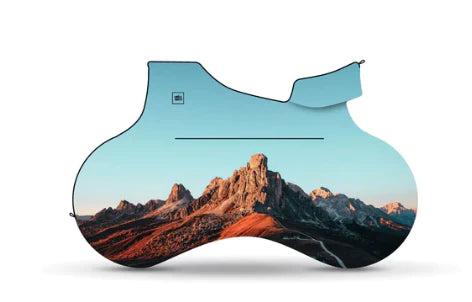
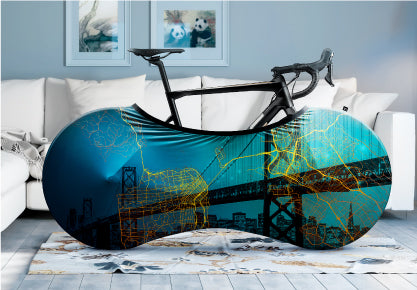
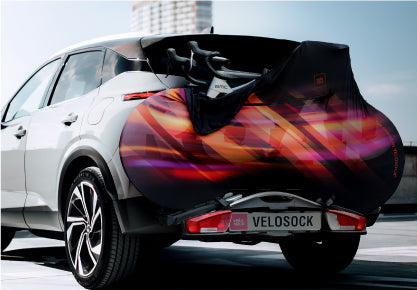
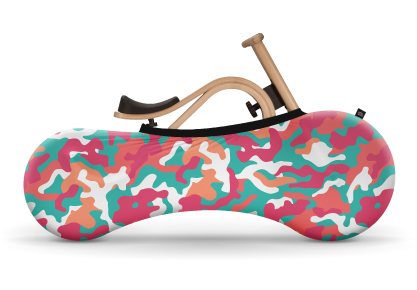
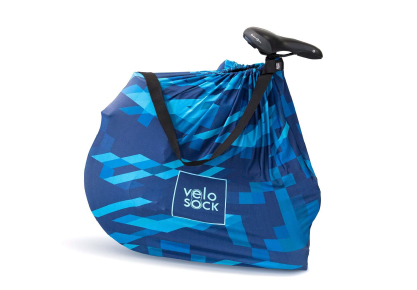


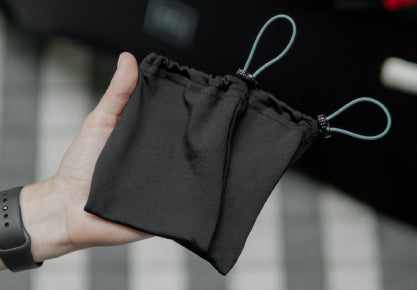
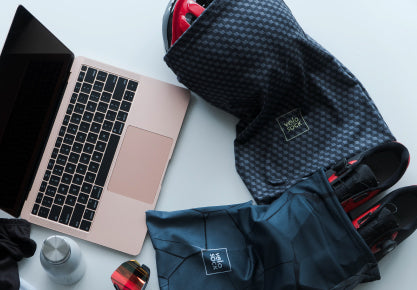

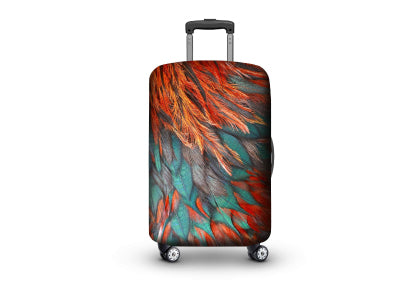






Leave a comment